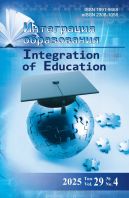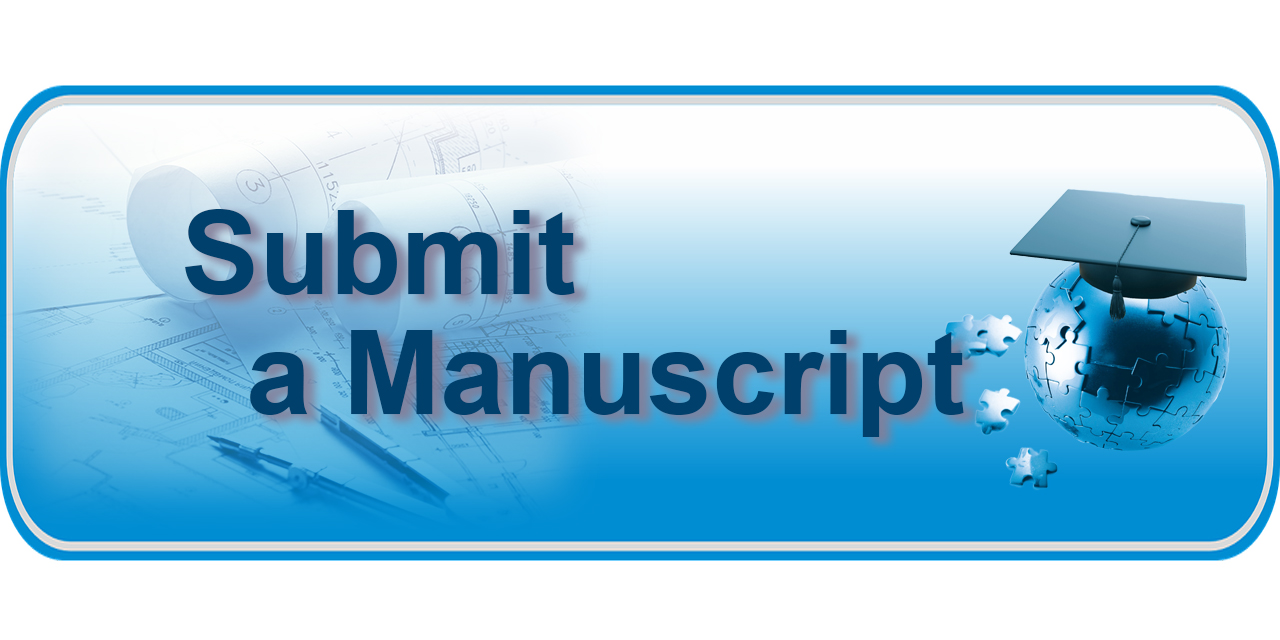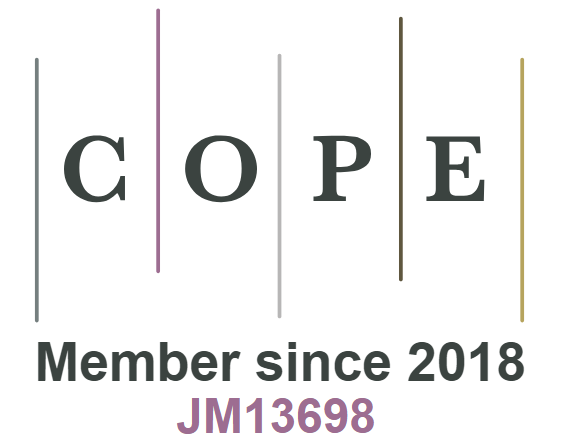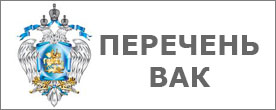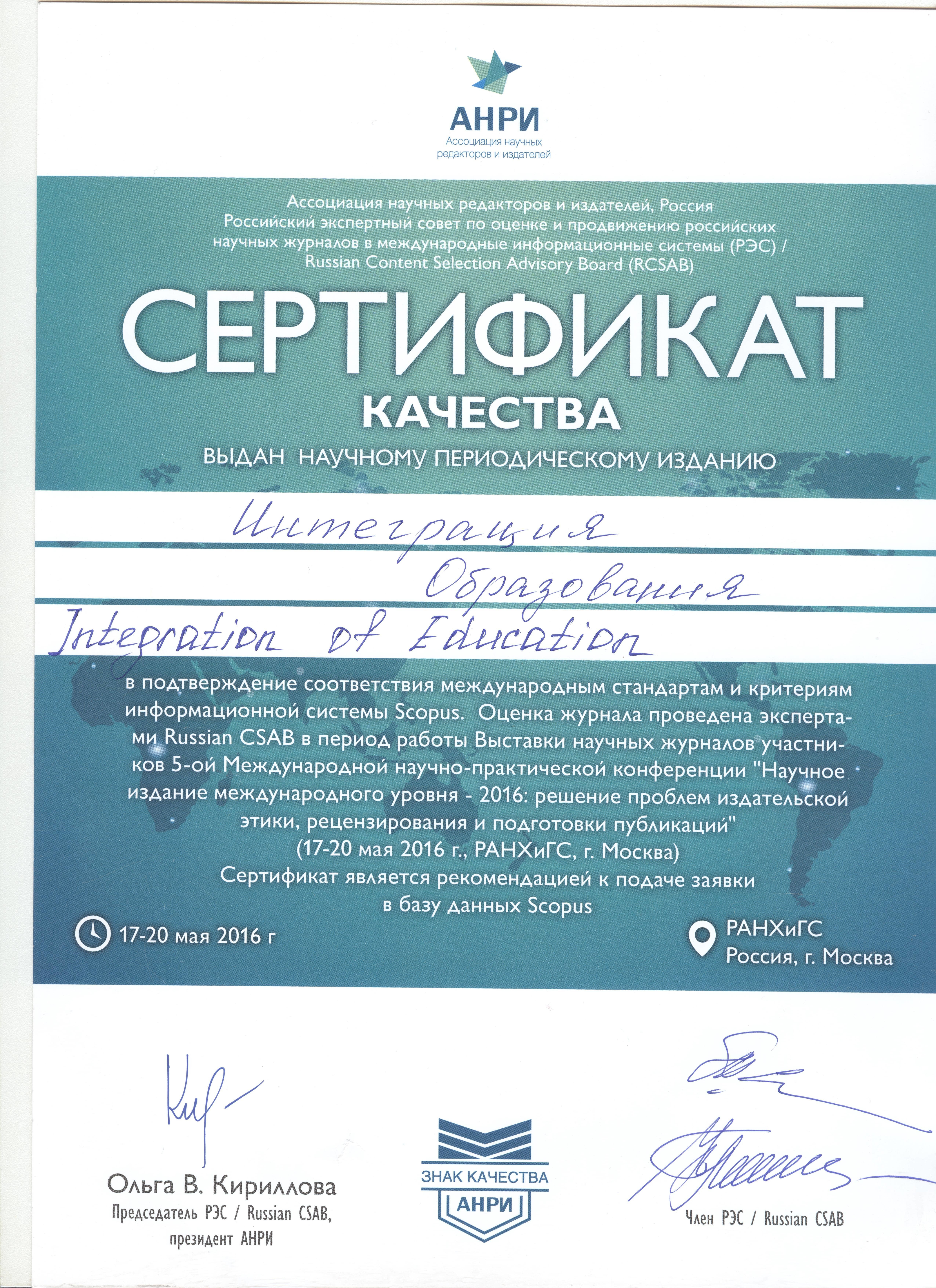UDK 371.315:004
DOI: 10.15507/1991-9468.090.022.201801.166-176
Analysis of Pedagogic Potential of Electronic Educational Resources with Elements of Autodidactics
Igor A. Sharshov
Professor of Chair of Pedagogy and Educational Technologies, Tambov State University named after G. R. Derzhavin (33 Internatsionalnaya St., Tambov 392000, Russia), Dr.Sci. (Pedagogy), Professor, ORCID: http://orcid.org/0000-0002-2844-0185, Researcher ID: B-6567-2018, This email address is being protected from spambots. You need JavaScript enabled to view it.
Elena A. Belova
Seniour Lecturer of Chair of Pre-University Tutorials, Tambov State University named after G. R. Derzhavin (33 Internatsionalnaya St., Tambov 392000, Russia), ORCID: http://orcid.org/0000-0001-9384-2466, Researcher ID: I-7393-2017, This email address is being protected from spambots. You need JavaScript enabled to view it.
Introduction: in recent years didactic properties of electronic educational resources undergo considerable changes, nevertheless, the question of studying of such complete phenomenon as “an electronic educational resource with autodidactics elements” remains open, despite sufficient scientific base of researches of the terms making this concept. Article purpose – determination of essence of electronic educational resources with autodidactics elements.
Materials and Methods: the main method of research was the theoretical analysis of the pedagogical and psychological literature on the problem under study. We used the theoretical (analysis, synthesis, comparison and generalization) methods, the method of interpretation, pedagogical modeling, and empirical methods (observation, testing, conversation, interview, analysis of students’ performance, pedagogical experiment, peer review).
Results: we detected the advantages of electronic educational resources in comparison with traditional ones. The concept of autodidactics as applied to the subject of research is considered. Properties of electronic educational resources with a linear and nonlinear principle of construction are studied.The influence of the principle of construction on the development of the learners’ qualities is shown. We formulated an integral definition of electronic educational resources with elements of autodidactics, namely, the variability, adaptivity and cyclicity of training. A model of the teaching-learning process with electronic educational resources is developed.
Discussion and Conclusions: further development of a problem will allow to define whether electronic educational resources with autodidactics elements pedagogical potential for realization of educational and self-educational activity of teachers have, to modify technological procedures taking into account age features of students, their specialties and features of the organization of process of training of this or that type of the educational organization.
Keywords: electronic educational resources, autodidactics, independence, autonomy, linear principle of construction, nonlinear principle of construction
Acknowledgments: this study was supported by the Russian Foundation for Basic Research (project no. 15-36-01032).
For citation: Sharshov I.A., Belova E.A. Analysis of Pedagogic Potential of Electronic Educational Resources with Elements of Autodidactics. Integratsiya obrazovaniya = Integration of Education. 2018; 22(1):166-176. DOI: 10.15507/1991-9468.090.022.201801.166-176
Contribution of the authors: Sharshov I.A. – development of the general concept of personal development during the educational process; expert evaluation of electronic educational resources with elements of autodidactics. Belova E.A. – formulation of the integral definition of electronic educational resources with elements of autodidactics; description of distinctive qualities of the e-learning resources; modeling the process of using electronic educational resources with elements of autodidactics.
All authors have read and approved the final manuscript.
Submitted 18.05.2017; revised 16.10.2017; published online 30.03.2018.

This work is licensed under a Creative Commons Attribution 4.0 License.








